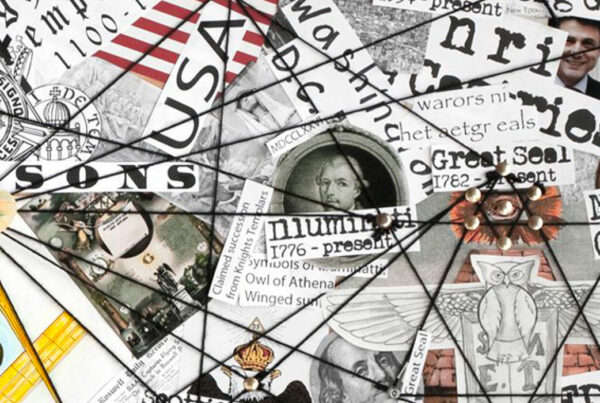In the age of social media, viral videos, and self-proclaimed “experts,” it is becoming increasingly difficult to distinguish what belongs to real science… and what merely mimics it. Yes, some theories disguise themselves as science, using its vocabulary and codes, but in reality rest on no rigorous scientific methodology. These are called pseudoscience.
But how can you tell the difference? And why is it so important? We’ll explain.
Science: A Rigorous, Evolving… and Perfectible Process
Science is not a fixed block of “absolute truths,” but a rigorous method for understanding the world. It is based on observation, experimentation, and above all, a constant ability to question itself. When a hypothesis is formulated, it must be tested, verified, and confronted with facts. If new evidence contradicts a theory, that theory is modified or even abandoned. This is what makes science reliable: it progresses by integrating its errors. Among the fundamental principles of the scientific method are:
- The search for objective, measurable, and reproducible evidence;
- The critical examination of all data, including data that contradicts the initial hypothesis;
- Transparency of methods, allowing other scientists to replicate experiments;
- Continuous debate within the scientific community, with peer review that limits errors and biases.
Take a concrete example: vaccine development. Before authorization, a vaccine undergoes rigorous clinical trials involving thousands of volunteers, control groups, strict protocols, and in-depth statistical analyses. If results are inconclusive, the vaccine is abandoned. If they are conclusive, it is approved… but remains under continuous surveillance.
Pseudoscience: When Appearances Deceive
In contrast to the rigor of the scientific method, pseudoscience adopts the opposite approach. It starts from a pre-established belief or conclusion, then attempts to justify it at all costs. It rejects criticism, selectively chooses only facts that support its claims, and often prefers personal testimonies to measurable data — all while sometimes borrowing “scientific” jargon to create an illusion of credibility.
Here are some warning signs to recognize pseudoscience:
- Spectacular claims without solid evidence;
- Refusal of debate or contradiction;
- An isolated “expert” claiming to be right against all researchers;
- Use of complex jargon to impress without explaining;
- Non-reproducible methods, unverifiable results;
- Strong emotional appeal, playing on fear or hope.
An example: homeopathy. Presented as a “gentle” medicine, it is based on the idea that extremely diluted substances could have curative effects. Yet, no rigorous study has demonstrated efficacy beyond that of a placebo. The few studies that appear to support it do not withstand methodological scrutiny.
Why Does This Matter?
One might think believing in astrology, “energetic” stones, or alternative medicines is harmless. But the consequences of pseudoscience can be very real.
- In health matters, it can lead to dangerous decisions: delaying effective treatment, forgoing vital care.
- Certain pseudoscientific practices exploit people’s credulity to sell ineffective or even dangerous products.
On a collective scale, pseudoscientific beliefs erode trust in research, blur public understanding, and can influence public debates and policy decisions: climate change denial, anti-vaccination movements, conspiracy theories…
Always Maintain a Critical Mind
Recognizing pseudoscience does not mean rejecting everything not yet proven or validated. Science itself evolves by testing new hypotheses! What matters is to maintain a critical mindset: ask questions, seek reliable sources, compare perspectives, and never confuse personal conviction with scientific proof.






